So, you’ve visited the Distillery of Modern Art, or another craft purveyor of fine whiskeys. You’ve bought a small batch bottle, and taken it home. Now you’re ready to share with others the wonderful spirit in your possession… Well, almost. With these five steps, you can unlock the complexity in your bottle, and share with others what makes each individual whiskey a work of art.
Begin with the Right Glassware
During your Distillery of Modern Art distillery tour, you’ll be served spirits in the appropriate glass each and every time. But once you take a bottle home to share with friends, you’ll want to know the right glassware to keep on hand. Glassware sets the tone for a whiskey tasting, and it improves your tasting experience.
The ideal glass shape for tasting whiskey is the Glencairn glass, or the snifter, which resemble stubby wine glasses with wide hips and a narrow waist. These bulbous-bottomed, narrow-topped glasses are built to allow for both the swirling of the spirit and the concentration of the aromas in the glass.
Others prefer serving whiskey in a rocks glass, as the wider mouth allows the fumes to dissipate. If you have no rocks glass, nor Glencairn glass, nor snifters, welcome to the world of whiskey tasting; a wine glass will also do just fine.
Give the Drink a Swirl
Examine the color of the whiskey swirling in your glass. The hue of the spirit can give you clues about its age, the cask it was stored in, and perhaps even a bit about the flavors that await you. But be forewarned, color can also be deceptive.
Traditionally, dark whiskey is more closely associated with rich flavor and more powerful aroma. Darker whiskeys are perceived to be more mature. Similarly, too light a color and the whiskey may be dismissed as young, immature, and lacking complexity. More often than not, it is true that darker whiskeys are older, and with more intense tasting experiences. Whiskey when flowing from the still is clear and colorless, remaining so until after it has matured in oak casks.
The different oaks used to make casks give the spirit its color. American White Oak is the most commonly used wood in cask making, which offers a reddish shade of gold to the spirit. Others opt for European Oak, which imparts more yellows into the whiskey. How charred the oak is also matters. As it ages, whiskey absorbs the sugars from the barrel’s interior surface. Charring causes the wood to caramelize, from which the whiskey absorbs the sugar. More charring also means less wood tannins leaching into the drink, which are what makes your mouth feel dry when you drink the spirit.
In addition to the wood type, the age of the cask can influence the color. Bourbon always uses virgin oak casks, while all other whiskeys tend to be aged in used casks. Sometimes those casks are former bourbon casks, other times they once housed sherry, brandy or port. In any case, the previous contents of the cask will have a noticeable effect on the color of a whiskey. Sherry casks give whiskey an auburn hue, port gives a pinkish undertone, and bourbon casks give a lighter and more traditional color. The more a cask is used, the less active the process of color leeching into the spirit within.
Give Your Glass a Smell, Gently.
Once you’ve swirled the drink and assessed its color, gently lower your nose to the glass to see how the aromas unfold. Go easy though, as whiskey is much stronger than wine – it starts at 40 percent alcohol by volume, and can go much higher — so, you may be greeted by a strong cloud of fumes that can anesthetize your olfactory senses.
Don’t search for anyone scent; but allow the notes of caramel, fruit, butterscotch, toffee apple, oak, vanilla custard, or candied orange, and smoke to reach you. The flavors you may recognize depend entirely on the batch at hand. Feel free to smell more than once, as the whiskey’s aroma can transform in your nose from moment to moment. Smelling your drink can help you identify flavors and aromas that you might not detect by sipping alone. It’s an important part of the process.
Another method you might not have seen… Using your hand! Put your finger in the glass to get a few drops of whiskey on it, then rub the drops between your finger and back of your other hand, vigorously. This will rub the alcohol off – deconstructing the whiskey – leaving in its place many of the flavor compounds hidden beneath the alcohol fumes, like a cologne. When you revisit your drink with your nose, you may find those notes hidden in the whiskey aroma’s mix.
Now Savor the Flavor, My Neighbor
At least at first, take small sips. The initial goal when tasting whiskey is to evaluate and enjoy the flavor. Sure, later on in the night, you can drop some of the pretense and enjoy the drinks for what they are. But at first, tasting whiskey calls for some measure of decorum. So, exhale, and close your eyes as you sip lightly. Focus on the experience of fine whiskey first igniting and then smoldering in your palate.
For all the preamble work – the glassware, the sniffing and swirling for color and aroma – it’s the main event that rewards us most: experiencing the flavor of the whiskey on your palate should be the most enjoyable part of the process. Because different parts of your mouth respond to unique flavors, swish the drink around a bit in your mouth for maximum effect. Whiskey hits hard on first contact, but as the fiery heat of alcohol subsides, the first rich and complex characteristics begin to clarify on the tongue. This is the joy and the art of whiskey; the flavor notes are artful, sometimes subtle and sometimes loud, always uniquely balanced and nuanced.
Try to identify the flavors you are experiencing in that moment, and then try again to identify even more. This is the moment you’ve been waiting for, so heighten your senses. When you learn to taste whiskey, you find that its different than enjoying beer or wine. This is especially true when drinking the spirit neat. Whiskey requires you to taste very small volumes, experiencing the flavors with as little alcohol as possible. The strength can shock the system, so keep going back for more tiny sips.
To begin to experience the uniquities across whiskeys, you may want to order a flight of unique batches. And as you try whiskeys, don’t be afraid (especially once you’ve tasted it neat) to add a little water or ice if desired. Some traditional whiskey drinkers will tell you not to drink the spirit in any way other than neat, but the truth is, you can do whatever you want. Water or ice can open up the flavor profile of the drink, cutting the alcohol content in your flask and clarifying new aromas and layers of taste that were once buried behind the strength of the alcohol. It’s the 21st century. Drink whiskey the way you like it.
Don’t Forget the Finish
After the instant “pop” of strong alcohol subsides from your palate and the first flavors appear in your mouth, you swallow the spirit, which comes with a bit more burn. As that burning subsides, long-lasting flavors appear and transform, and perhaps some tannins reveal themselves to make your mouth feel dry. This is the finish, and it’s what people are looking for when they talk about complexity in whiskey. Complex finishes in whiskey are a bit like red wine; they are what distinguish the spirit from its competitors and peers, and from the more straightforward nature of other spirits.
Countless flavors can reveal themselves, sometimes noisily other times subtly. The experience can last just a moment or for several minutes, in something called the length of the finish. In any event, the flavors should linger on your palate, evolve into something more, and then slowly fade away.
Together, these steps define the art of drinking whiskey. They are ritual, and they are timeless. And yet, as is so often the case with art, while the art of whiskey is unchanging, the experience of sharing and tasting the spirit will always be unique to the people, the place and the moment. In that way, it is never the same twice.
For more whiskey drinking tips, visit us at the Distillery of Modern Art.


